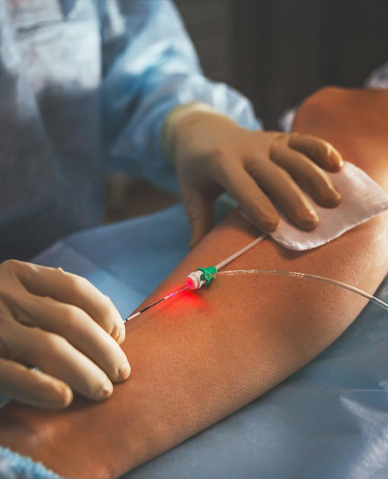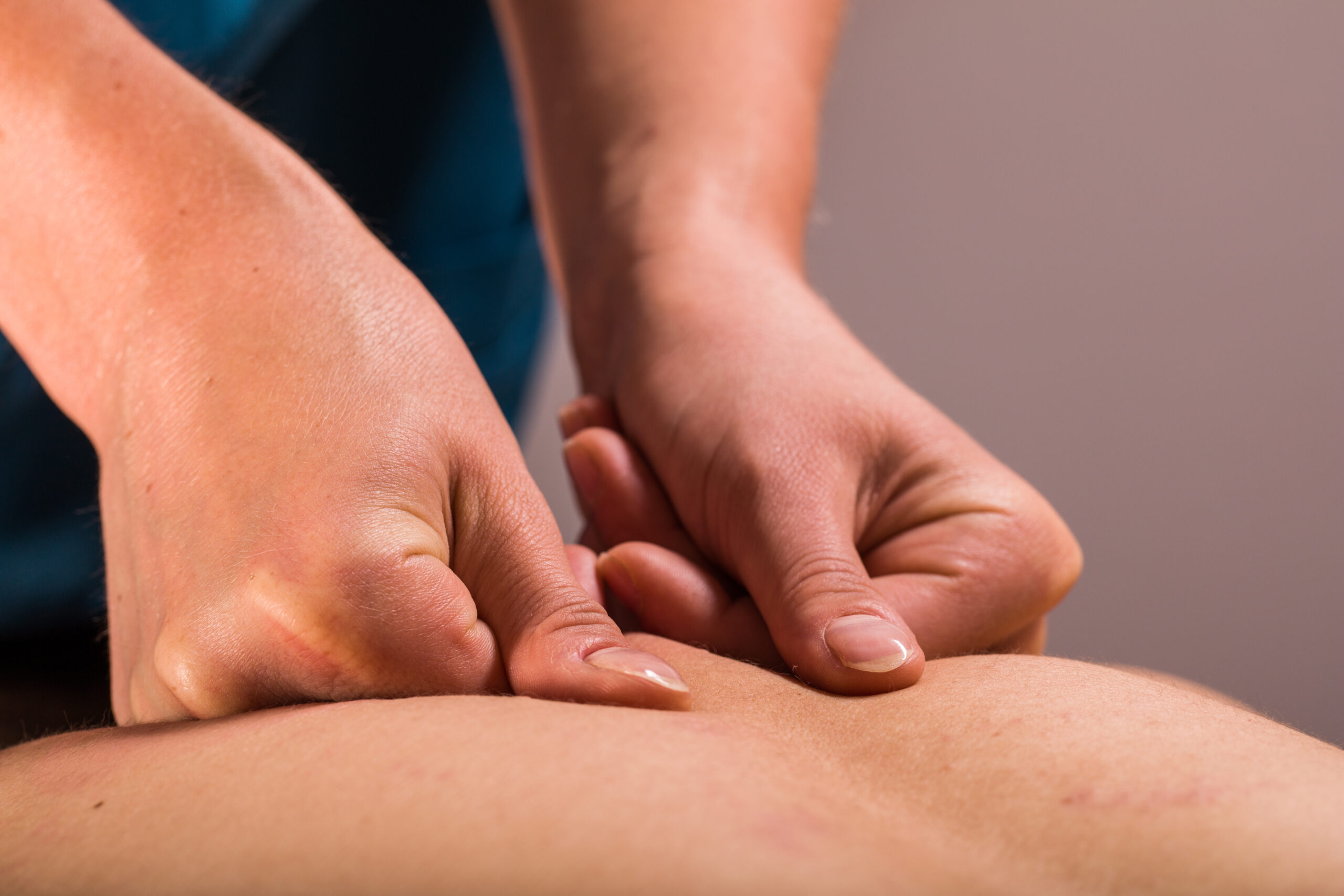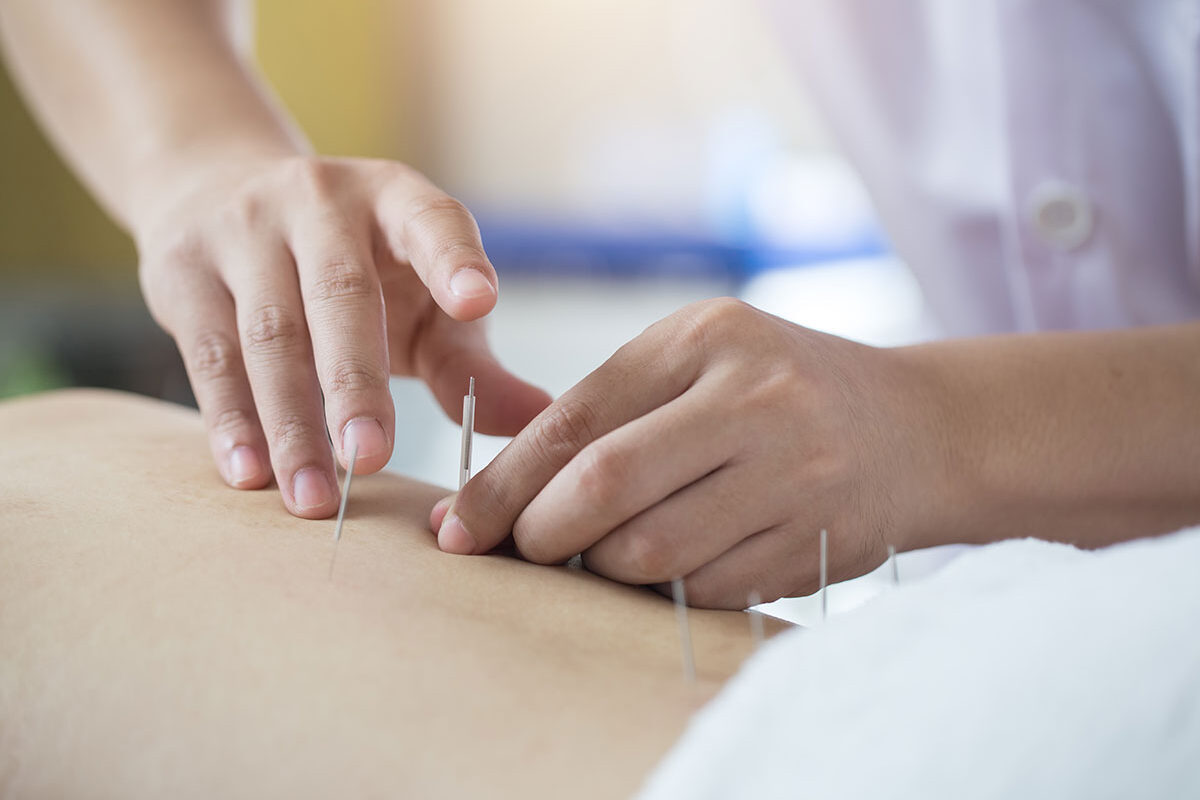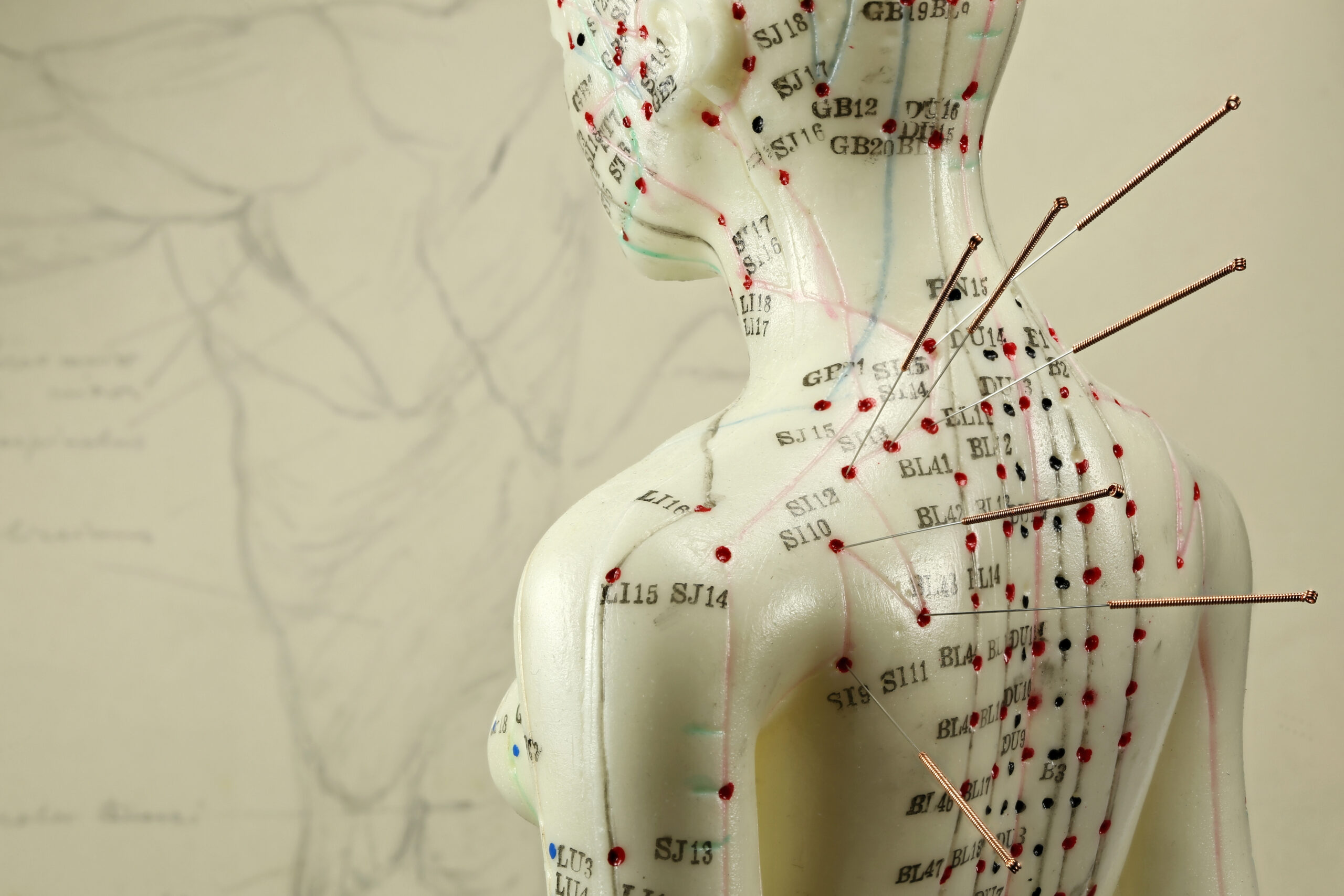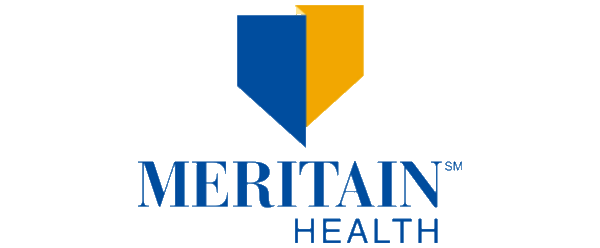Vessel Ablation for Inadequate Circulation
Vessel ablation treats weak blood circulation, venous disorders, and varicose veins. It and vein ablation are minimally invasive procedures. In fact, a variety of vein conditions can be treated with this type of ablation, and it generally provides long-lasting relief.
The most common reason for vein ablation is to improve venous insufficiency. Venous insufficiency is when someone has a poor supply of blood going into and coming out of their legs. In addition to swelling and pain, this can also have other negative effects.
Vessel Ablation: Venous Insufficiency Symptoms
There are a variety of symptoms associated with venous insufficiency problems that a vessel ablation can treat. They include the swelling of the ankles, feet and legs, pain or aching in the legs, tingling or numbness in the legs, heaviness or fatigue in the legs, varicose veins, skin changes, including redness, dryness, and eczema, and ulcers.
Swelling and pain are often strong signs of venous insufficiency. Blood builds up in the veins, causing swelling. The pressure that builds up in the veins damages the veins and surrounding tissue, resulting in pain. After prolonged standing or sitting, swelling and pain can become worse. Additionally, you may experience more discomfort during pregnancy or if you are overweight or obese.
When blood builds up in the veins, it puts pressure on the nerves, causing tingling or numbness. In some cases, the pressure can cause nerve damage, leading to the sending of abnormal signals to the brain. A tingling sensation, numbness, or other symptoms may result, especially when you are standing or sitting for long periods.
Blood pooling in the legs may cause fatigue or heaviness, placing pressure on muscles and nerves. As a result of the pressure, the legs may feel cumbersome, exhausted, and weary. Once again, long periods of standing or sitting will usually make things worse.
Many patients find that having a vein ablation procedure was the right choice to alleviate their pain and issues. Some patients may want to reduce their risk of varicose vein complications. There are several complications associated with varicose veins, including blood clots, painful ulcers, and an increased risk of deep vein thrombosis (DVT). Varicose veins are enlarged twisted veins that can be painful and unsightly.
Inadequate Circulation: Contributing Vessel Ablation and Vein Ablation Factors
Your legs may swell and cause life-altering pain and other horrible symptoms, which means you should make an appointment with a health professional who can discuss vessel ablation procedure options.
Venous valves allow blood to flow back up to your heart normally. A damaged valve, however, can cause blood to flow backward, causing the fluid to pool in the legs. High pressure in the veins can damage veins and surrounding tissue.
Several factors contribute to venous insufficiency, including varicose veins, deep vein thrombosis (DVT), pregnancy, obesity, prolonged standing, age, and having a family history of the same.
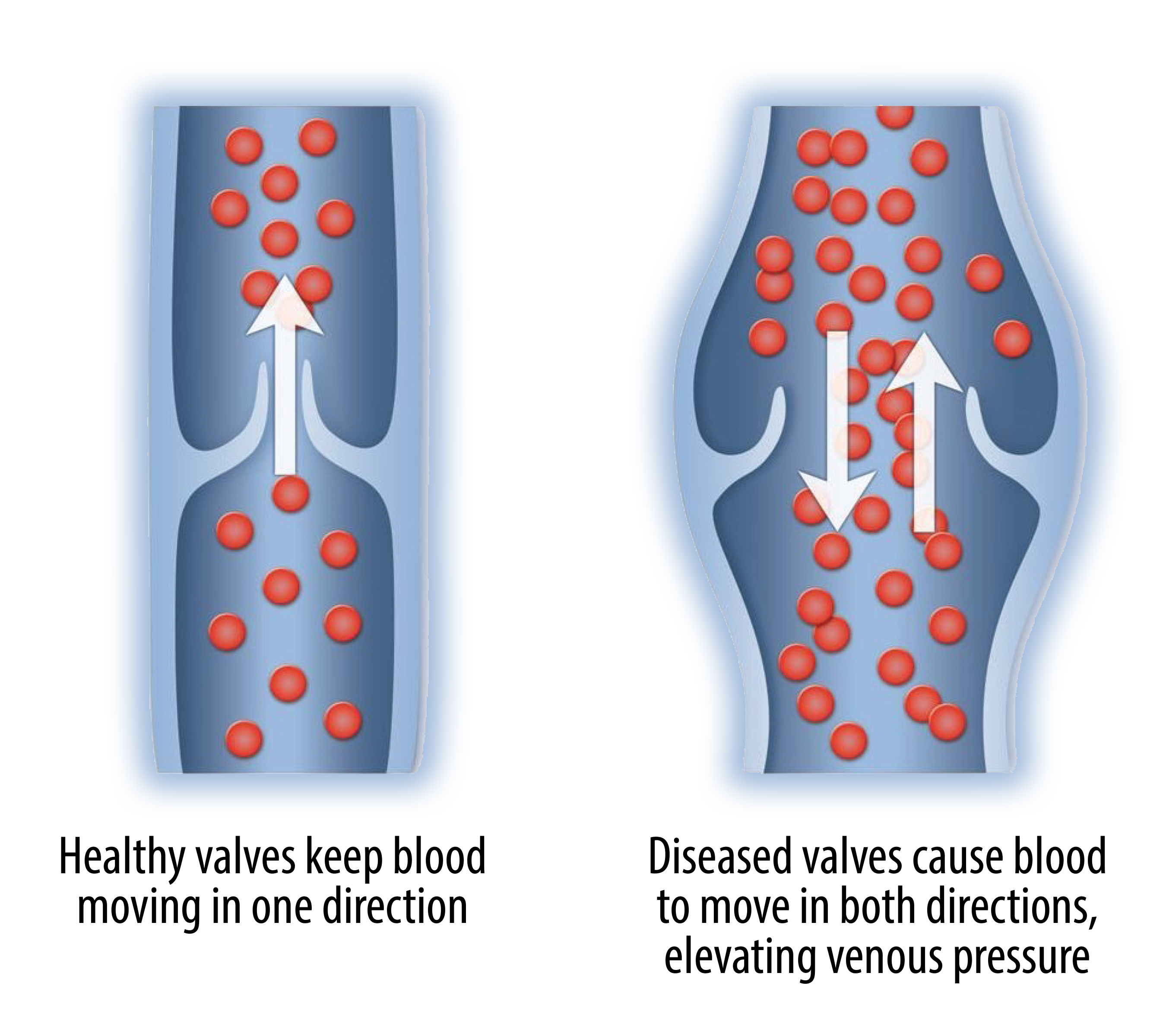
Eventually, the valves in your veins weaken, causing varicose veins. These valves enable the maintenance of blood flow in the right direction. Veins swell when blood flows backward through weak valves.
An underlying cause of deep vein thrombosis is a blood clot forming in one of the deep veins of your legs — just one reason to look into vein ablation sooner rather than later. Depending on how far the clot travels, it can be a serious condition. Those who are inactive are more likely to suffer from DVT. In addition, people with medical conditions, such as obesity or heart disease, are more likely to suffer from this condition.
Pregnancy, obesity, and having to stand for long periods of time are all conditions lasting either temporarily or longer, due to an individual’s circumstances in life.
Vessel Ablation and Vein Ablation Treatments and More
Using heat or laser energy, vessel ablation seals or closes veins in a minimally invasive procedure. This procedure can treat various conditions, including varicose veins, spider veins, and venous insufficiency.
Radiofrequency ablation (RFA) and laser ablation are the two main types of vein ablation. This procedure uses radiofrequency ablation (RFA) to destroy veins using a small probe. The radiofrequency energy made by the probe heats the vein and collapses it. As such, a small laser heats up and collapses the vein through laser ablation.
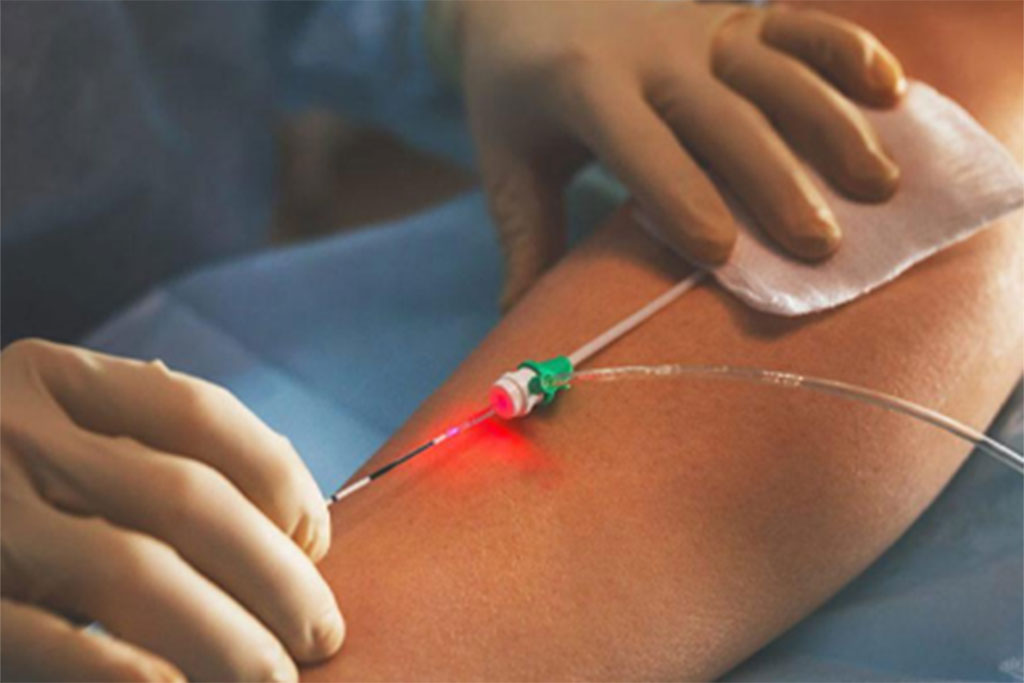
In most cases, vessel ablation is performed as an outpatient procedure. The procedure typically utilizes local anesthesia, although it may also use general anesthesia. Bruising, swelling, and pain may occur after the procedure. It usually takes a few days for these symptoms to go away on their own.
Vessel ablation is the usual active treatment for varicose and spider veins, offering a safe and effective procedure to address venous insufficiency. Those who are not good candidates for surgery or who wish to avoid surgery may find it to be a good option, since minimally invasive procedures are less risky than surgery.
Furthermore, it is a quick process, and you are able to go home the same day. Most people are able to resume their normal activities within a few days of the surgery. Usually, the results last for a long time.
Wellness and Pain Can Help
Approximately 150,000 cases of vessel insufficiency are diagnosed each year. Chronic vessel insufficiency is often underdiagnosed and undertreated. Early diagnosis is key.
A range of vessel ablation treatment options are available at Wellness and Pain. We offer conservative treatments, minimally invasive quick-recovery procedures, and surgery. Our goal is to free you of vessel insufficiency and other vessel problems by providing lifestyle education and home care advice to help you avoid and manage problems and quickly relieve any vessel conditions using state-of-the-art treatments, including vein ablation.
We personalize patient care plans based on each patient’s condition and unique circumstances to relieve the pain, improve mobility, prevent further injuries, and improve your health.
Conditions Related To Vein Ablation
Leg Hair Loss
Leg Hair Loss
...
Venous stasis disease
Venous stasis disease
...
Venous Ulcers
Venous Ulcers
...
Leg heaviness
Leg heaviness
...
Muscle cramps
Muscle cramps
...
Diabetic Neuropathy
Diabetic Neuropathy
...
Chronic venous insufficiency
Chronic venous insufficiency
...
Hip Pain
Hip Pain
Whether we are walking up and down the stairs or long distances, running on the treadmill, or chasin...
Knee Pain
Knee Pain
Knee pain is a common complaint among adults and most often related to the general wear and tear fro...
Leg Pain
Leg Pain
Have you ever experienced sharp, shooting pain in your legs while walking? Standing too long? Or sim...
Back Pain Specialists
Back Pain Specialists
Back pain specialists alike understand how common back pain and discomfort are. It’s important to ...
Radiating/Sciatica leg pain
Radiating/Sciatica leg pain
Symptoms of sciatic pain include burning pain from your lower back into your buttocks and can radiat...
Leg Numbness
Leg Numbness
Numbness and tingling of the legs and feet can be caused by many neurologic and vascular conditions....
Swollen Leg Treatment
Swollen Leg Treatment
Swollen leg treatment is possible, and it’s easier than you may think. First and foremost, the hum...
Restless Legs Syndrome (RLS)
Restless Legs Syndrome (RLS)
For most, restless legs syndrome (RLS) signals other issues. Often, people think you have to see vei...
Leg Cramps & Charley Horses
Leg Cramps & Charley Horses
If you’ve ever experienced leg cramps of any degree, you know just how painful and debilitating th...
Varicose & Spider Veins
Varicose & Spider Veins
Red, threadlike lines on your face, legs, or feet may be spider veins, which are like varicose veins...


